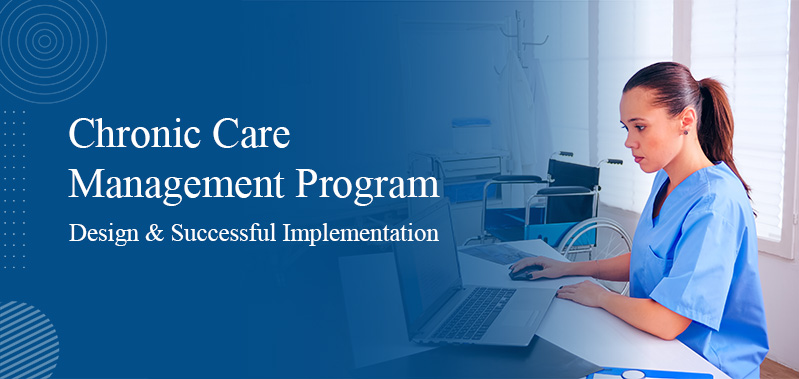
Top 5 Tips for Prior Authorization Success in Healthcare
Prior authorization, also known as precertification, predetermination, and pre-approval, is a health plan cost-control process in which healthcare providers such as hospitals or physicians obtain advance approval from the insurance plan to qualify the payment coverage for a specific treatment or service.
In contemporary times, navigating prior authorization processes can be a daunting task for providers, administrators, and patients alike. It serves as a vital utilization management tool in healthcare, requiring providers to obtain approval before delivering certain services or medications.
Impact of Prior Authorization Process on Healthcare
The prior authorization process impacts the whole healthcare industry and is cumbersome for both providers and patients. Its purpose is to ensure patients receive clinically appropriate and evidence-based care, thus optimizing treatment value and reducing healthcare expenses. While benefiting patients by guaranteeing suitable care, the prior authorization process presents significant challenges across the healthcare landscape.
For providers, obtaining prior authorizations is burdensome in terms of time, energy, and costs. Delays in approvals disrupt treatment schedules, leading to patient frustration and potential adverse outcomes. Managing multiple authorization guidelines from various health plans exacerbates this strain, contributing to provider burnout.
Payers face their own set of challenges, requiring skilled personnel for meticulous case reviews and cost-effective treatment identification. Compliance with state-mandated approval timelines necessitates adequate staffing while escalating appeals incur additional costs and strain resources.
Patients bear the brunt of prior authorization hurdles, enduring treatment delays that may worsen existing conditions. Administrative barriers discourage adherence to treatment plans, declining health outcomes, and potentially prompt treatment abandonment.
5 Proven Tips to Improve Prior Authorization Process
Providers, payers, and patients all are dealing with the challenges of the prior authorization process that can be resolved using the following tips:
1. Understand the Guidelines of the Insurance Policies
Insurance policies and guidelines regarding prior authorization can vary widely among payers and are subject to frequent changes. Stay vigilant in monitoring updates from insurers and regulatory bodies to ensure compliance with the latest requirements. Designate staff members or teams responsible for staying abreast of policy changes and disseminating relevant information throughout the organization. By staying proactive and informed, healthcare providers can avoid potential pitfalls and optimize their prior authorization processes.
2. Establish Strong Communication Channels
Effective communication is the cornerstone of successful prior authorization. Ensure that your healthcare team is well-versed in the latest guidelines and requirements set forth by insurance companies. Establish clear channels of communication between providers, staff, and insurers to facilitate the exchange of information and documentation. Encourage open dialogue with patients, informing them about the necessity of prior authorization and involving them in the process to minimize misunderstandings and delays.
3. Ensure Thorough Patient Data Collection
Comprehensive and precise patient information acquisition is crucial during the prior authorization process. Gather and authenticate patient demographics, insurance particulars, and medical histories. Verify the completeness and accessibility of all essential documents, including medical notes, test outcomes, and treatment strategies. A meticulously arranged patient information system will accelerate prior authorization procedures and enhance approval success rates.
4. Utilize Advance Technology and Automation
Embrace technological solutions to streamline the prior authorization process and minimize administrative burdens. Invest in electronic health record (EHR) systems that offer integrated prior authorization functionalities, allowing providers to submit requests directly from patient charts. Explore the use of automated tools and software that can help identify prior authorization requirements upfront, reducing the likelihood of denials and resubmissions. By leveraging technology, healthcare organizations can improve efficiency and accuracy while freeing up valuable time for patient care.
5. Advocate for Your Patients
As healthcare advocates, providers play a vital role in advocating for their patient's best interests throughout the prior authorization process. Be prepared to challenge denials or delays that may compromise patient care, advocate for alternative treatment options, or escalate appeals when necessary. Collaborate with patients to navigate insurance barriers and explore available resources, such as patient assistance programs or appeals processes. By actively engaging in patient advocacy, providers can ensure that patients receive timely access to the care they need while minimizing unnecessary burdens and delays.
Major Prior Authorization Updates for 2024
CMS finalized the Interoperability and Prior Authorization Final Rule in January, which aims to enhance health data exchange and streamline access to care. Key updates include requirements for Medicare Advantage, Medicaid, CHIP, and Qualified Health Plans to improve electronic health information exchange and prior authorization processes, estimated to save $15 billion over a decade.
CMS delayed compliance dates for API policies to January 2027, requiring the expansion of Patient Access APIs and implementation of Provider Access APIs. Payer-to-Payer FHIR APIs will facilitate data exchange when patients switch payers. Additionally, a new Electronic Prior Authorization measure in MIPS and Medicare Promoting Interoperability Programs incentivizes reporting use of payers' Prior Authorization APIs.
These changes aim to reduce administrative burden, empower clinicians, and enhance patient access to timely, high-quality care by modernizing prior authorization processes and promoting interoperability in the healthcare system.





